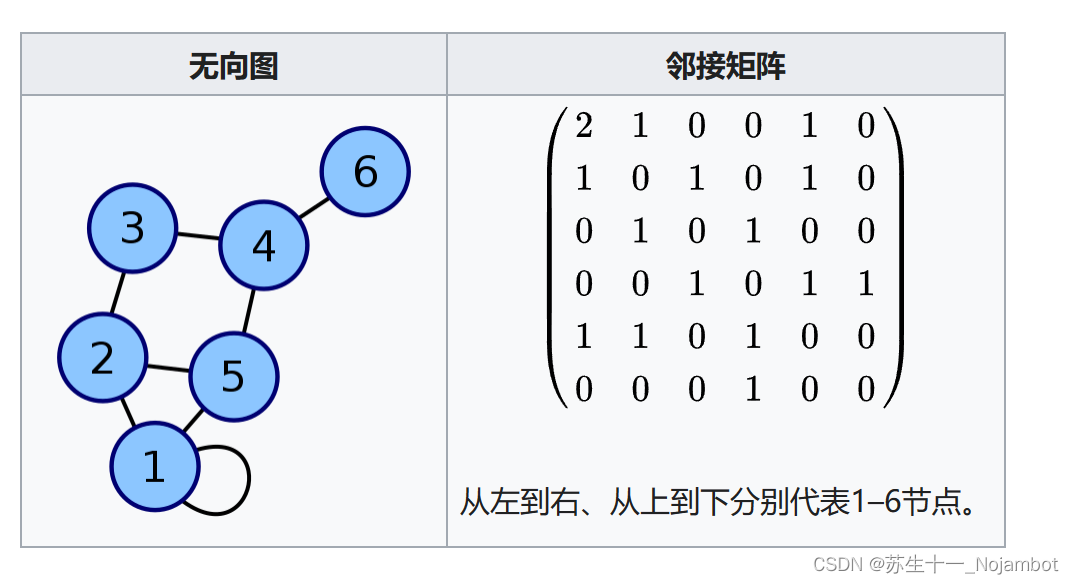图连通性探秘:无向与有向图连通组件解决方案
发布时间: 2024-09-11 03:32:44 阅读量: 54 订阅数: 42 


用 Python 代码判断有向图和无向图的连通性

# 1. 图连通性的基础概念
在本章中,我们将探索图论中的基础概念,特别是与图连通性相关的术语和原理。首先,图是由顶点(节点)和边组成的数学结构,它能够模拟各种对象之间的复杂关系。连通性是指在一个图中,能否从一个顶点到达另一个顶点的属性。理解图连通性的基础对于后续章节中对算法的研究至关重要。
## 1.1 图的定义和性质
图G由顶点集V和边集E组成,可表示为G=(V,E)。一个顶点称为孤立的如果它没有任何边与其相连。无向图的边不区分方向,而有向图的边则是有方向的。
## 1.2 连通和非连通图的区别
在无向图中,如果任意两个顶点之间至少存在一条路径相连,则称该图是连通的。反之,如果存在至少一个顶点无法到达其他所有顶点,则该图是非连通的。连通性是图论研究中的核心概念之一,它直接关系到图的结构完整性和信息流动的能力。
通过掌握这些基础概念,读者将为深入学习图连通组件理论和算法打下坚实的基础。接下来的章节中,我们将详细探讨无向图和有向图的连通组件及其相应的算法。
# 2. 无向图的连通组件理论与算法
无向图是图论中一个重要的概念,它由顶点集合和连接顶点的边集合组成,是构建复杂网络结构的基础。在无向图中,边是没有方向的,即如果顶点A和顶点B之间存在一条边,那么顶点B和顶点A之间也存在一条边。理解无向图的连通性是分析图的基本性质和设计图算法的前提。
## 2.1 无向图连通性基础
### 2.1.1 无向图的定义和性质
无向图G可以表示为G=(V, E),其中V代表顶点集合,E代表边集合。边e属于E,可以是(V[i], V[j])的形式,表示顶点i和顶点j之间有一条无向边。如果任意两个顶点之间都可以通过边到达,那么这个无向图就是连通的。反之,如果存在至少一对顶点不能通过边互相到达,该无向图就是非连通的。
在连通的无向图中,任意两个顶点都存在路径连接,这意味着无向图的顶点可以被划分为一组连通子图,每个子图内部是连通的,而子图之间是不连通的。这些连通子图被称为无向图的连通分量。
### 2.1.2 连通和非连通无向图的区别
连通无向图的性质和非连通图有很大差别。在连通图中,最少边的数量等于顶点数减一(即n-1条边,对于n个顶点)。这是因为一个连通图可以被看作是一棵树,而任何一棵树至少有n-1条边。
而在非连通图中,顶点之间不能相互到达,存在至少一对顶点没有边相连。非连通图至少包含两个连通分量,它们之间没有边相连。
## 2.2 无向图连通组件的算法分析
### 2.2.1 深度优先搜索(DFS)算法解析
深度优先搜索(DFS)是一种用于遍历或搜索树或图的算法。在图的上下文中,算法从某个顶点开始,沿着一条边尽可能深地搜索新的顶点,直到达到一个没有未探索的邻居的顶点为止,然后回溯。
为了寻找无向图的所有连通分量,可以从任何一个顶点开始执行DFS。以下是使用DFS寻找无向图连通分量的基本步骤:
1. 从图中的一个顶点v开始。
2. 将v标记为已访问,并将它加入当前连通分量。
3. 对每一个与v相连的顶点u执行以下步骤:
- 如果u未被访问过,则从u开始递归执行DFS。
4. 当前顶点v的所有邻居都被访问过之后,当前连通分量的搜索完成。
5. 重复步骤1-4,直到所有的顶点都被访问过。
下面是一个简单的DFS算法实现:
```python
def dfs(graph, v, visited):
visited[v] = True
print(v, end=' ')
for i in graph[v]:
if not visited[i]:
dfs(graph, i, visited)
# 示例图的邻接表表示
graph = {0: [1, 2], 1: [0, 3], 2: [0], 3: [1]}
visited = [False] * len(graph)
# 对每个未访问的顶点执行DFS
for i in range(len(graph)):
if not visited[i]:
dfs(graph, i, visited)
```
在这段代码中,我们用`visited`数组来跟踪每个顶点是否被访问过,以避免重复访问同一个顶点。`graph`是一个字典,键是顶点,值是一个列表,包含了与该顶点相邻的顶点。我们从顶点0开始执行DFS,并递归地访问所有未访问的相邻顶点。
### 2.2.2 广度优先搜索(BFS)算法解析
广度优先搜索(BFS)是一种遍历或搜索树或图的算法。在图的上下文中,算法从某个顶点开始,先访问所有邻接的顶点,然后对每一个邻接顶点,再访问其邻接顶点,如此迭代进行。
BFS同样适用于寻找无向图中的所有连通分量。其基本步骤如下:
1. 创建一个队列。
2. 将起始顶点v加入队列,并将其标记为已访问。
3. 当队列非空时执行以下步骤:
- 从队列中取出一个顶点u。
- 对每一个与u相邻的顶点w,如果w未被访问过,则将w加入队列,并标记为已访问。
4. 重复步骤3,直到队列为空。
BFS算法的Python实现代码如下:
```python
from collections import deque
def bfs(graph, v):
visited = set()
queue = deque([v])
visited.add(v)
while queue:
s = queue.popleft()
print(s, end=' ')
for i in graph[s]:
if i not in visited:
visited.add(i)
queue.append(i)
graph = {0: [1, 2], 1: [0, 3], 2: [0], 3: [1]}
for i in graph:
if i not in visited:
bfs(graph, i)
```
在这段代码中,我们用`visited`集合来记录已经访问过的顶点,用队列`queue`来存储即将访问的顶点。我们从顶点0开始,逐个访问其邻接顶点,直到队列为空。
## 2.3 实践:无向图连通组件的编程实现
### 2.3.1 编程语言的选择与环境搭建
选择适合图算法编程实现的编程语言很重要。通常,C++、Python或Java是不错的选择,因为它们都支持高效的数据结构和算法实现,并且拥有丰富的库。对于本实践,我们选择使用Python进行实现,因为其简洁的语法和强大的库支持使得算法原型开发更加高效。
环境搭建主要包括安装Python解释器、必要的第三方库,例如`networkx`用于图的表示和操作,以及`matplotlib`用于绘图和可视化。可以通过包管理工具如pip来安装这些库。
### 2.3.2 算法实现与案例分析
让我们从一个实际案例开始,来实现无向图的连通组件查找。假设我们有如下无向图:
```
0 -- 1
| |
| |
2 -- 3
```
我们将创建一个图的表示,并使用DFS或BFS算法来找出所有连通分量。
Python代码示例(使用DFS):
```python
# 定义图的结构
graph = {
0: [1, 2],
1: [0, 3],
2: [0],
3: [1]
}
def find_connected_components(graph):
visited = set()
components = []
for v in graph.keys():
if v not in visited:
connected_nodes = set()
stack = [v]
while stack:
node = stack.pop()
if node not in visited:
connected_nodes.add(node)
visited.add(node)
stack.extend(set(graph[node]) - connected_nodes)
components.append(connected_nodes)
return components
components = find_connected_components(graph)
print("连通分量:", components)
```
在这段代码中,我们遍历图中所有未访问的顶点,并使用DFS找出与每个顶点相连的所有顶点,直到没有新的顶点可以访问。最终的`components`列表包含了所有找到的连通分量。
这个过程不仅帮助我们理解算法的执行逻辑,还展示了如何将理论应用到实际问题中,这在IT行业中是一项极其重要的能力。通过对图连通性问题的深入分析和实践,我们可以构建更加高效和鲁棒的网
0
0





